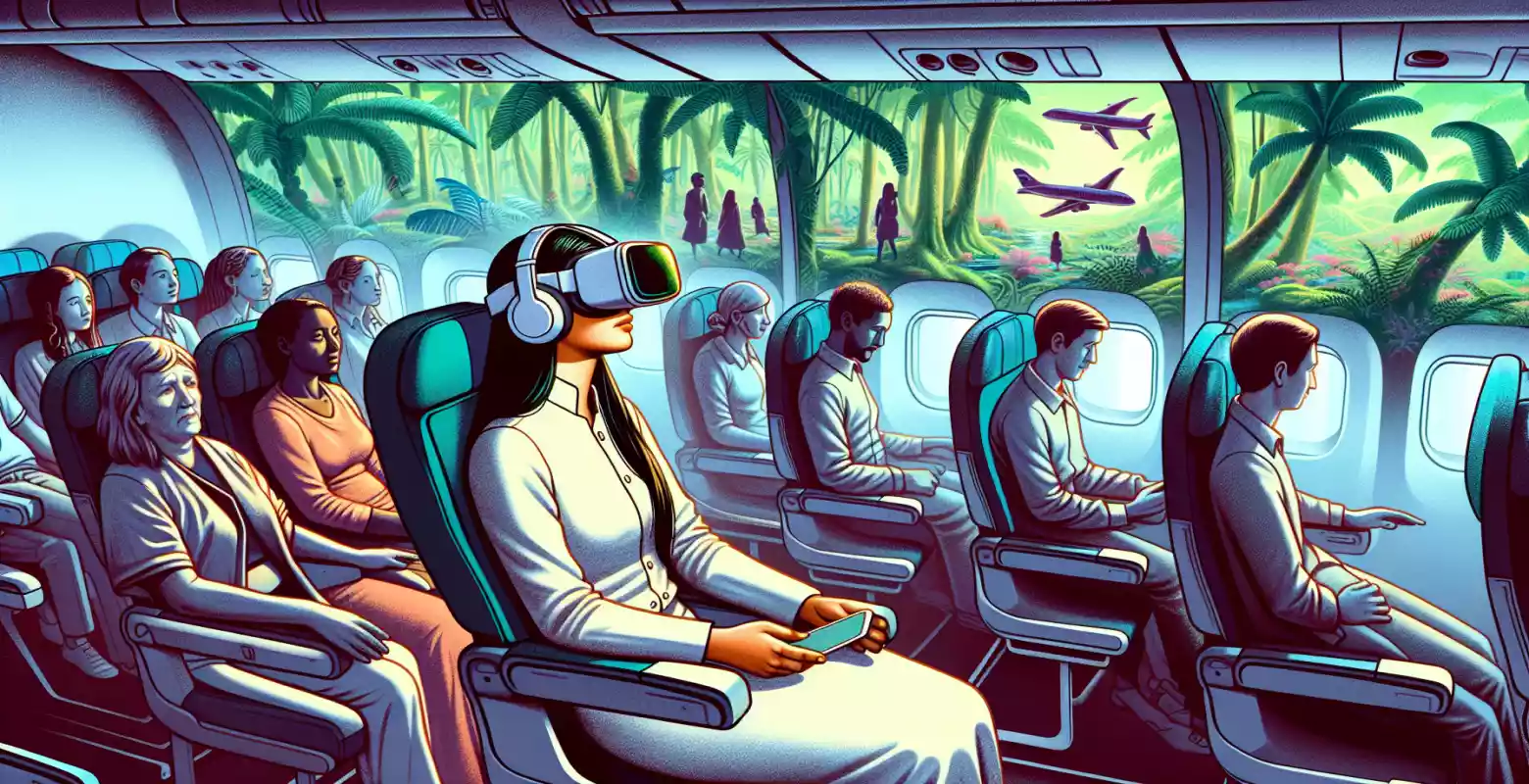The impact of VR technology on air travel
Introduction
Virtual Reality (VR) technology has gained immense popularity in recent years, becoming a significant tool in various fields, from computer games to medicine. One of the areas where VR is beginning to play an increasingly important role is in aviation. The impact of this technology on the aviation industry is evident in many aspects, from pilot training to passenger experiences. In this article, we will examine how VR is revolutionizing air travel, the benefits and challenges it brings, as well as potential future trends in this field.
VR in Pilot Training
One of the key applications of VR technology in aviation is its use in pilot training. Traditional flight simulators are extremely costly and require advanced infrastructure. The introduction of VR enables the creation of more accessible and flexible training solutions. With VR, pilots can practice virtual flight scenarios in a realistic environment, allowing for better preparation for real-life situations.
VR also allows for the simulation of emergency situations that are difficult to replicate in real conditions. Studies show that pilots who have used VR simulations perform better in unusual situations during actual flights. Furthermore, VR helps reduce costs associated with traditional simulators, making training more accessible for smaller airlines.
Passenger Experiences in VR
Virtual reality is also being used to enhance passenger experiences during flights. Airlines are starting to introduce VR as a form of entertainment on board, allowing passengers to immerse themselves in a completely different world during long journeys. With VR, passengers can "visit" their destinations even before landing, enriching their travel experience.
Some airlines, such as Lufthansa, are already experimenting with offering VR sets to passengers in business class. In addition to entertainment, VR can also help passengers with a fear of flying by offering relaxation and meditation programs that help reduce the stress and anxiety associated with air travel.
The Impact of VR on Aircraft Design and Testing
VR is also being used in the process of designing and testing new aircraft models. With this technology, engineers can create virtual aircraft models and conduct tests in realistic conditions before building a physical prototype. This allows for faster innovation and the identification of potential issues at earlier stages of design.
Companies such as Boeing and Airbus are already using VR to optimize their production processes. Through virtual simulations, it is possible to understand how different aircraft components will interact, leading to increased safety and efficiency in new designs.
Challenges and Limitations of VR Technology
Despite numerous benefits, VR technology in aviation also faces some challenges. One of the main limitations is the cost of implementing and maintaining advanced VR systems. Although the prices of VR hardware are gradually decreasing, they still represent a significant expense for many airlines and training centers.
Another challenge is simulator sickness, which affects some VR users, causing dizziness and nausea. This is a significant obstacle, especially during prolonged training sessions. The development of VR technology aims to minimize these effects by improving image quality and synchronizing movements with the displayed image.
The Future of VR in Aviation
The future of VR in aviation seems promising. Over time, we can expect further development of the technology, allowing for even greater integration of VR with various aspects of the aviation industry. As the technology becomes more accessible, airlines will be able to offer more advanced VR services to their passengers, and training centers will be able to use even more realistic simulations.
It is possible that in the future, VR will become a standard feature of aircraft equipment, and virtual journeys will become a popular way to explore the world without the need for physical travel. Such innovations could bring benefits not only to travelers but also to the environment by reducing the need for frequent air travel.
Summary
VR technology has the potential to significantly impact the future of air travel. From pilot training to passenger experiences to aircraft design - VR offers many possibilities that could revolutionize the aviation industry. While there are challenges associated with the implementation of this technology, the benefits that VR brings are invaluable. As technology continues to advance, we can expect VR to become an integral part of air travel, offering new and exciting opportunities for both professionals and passengers.






Number of comments: 0